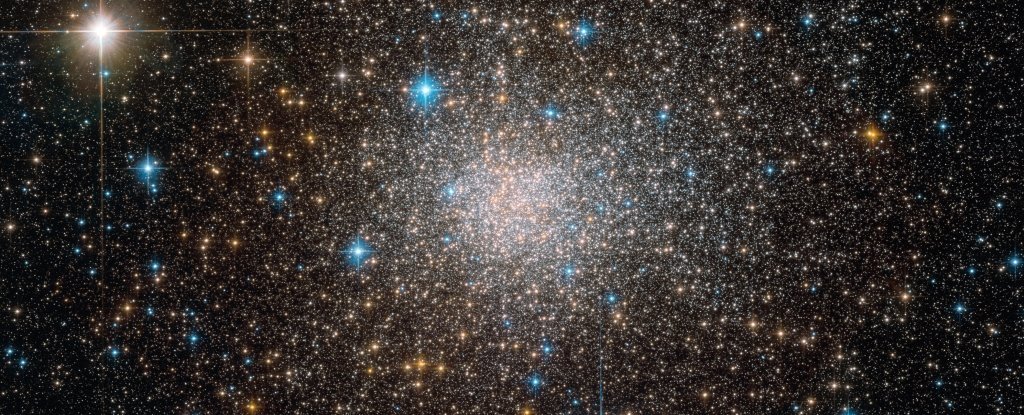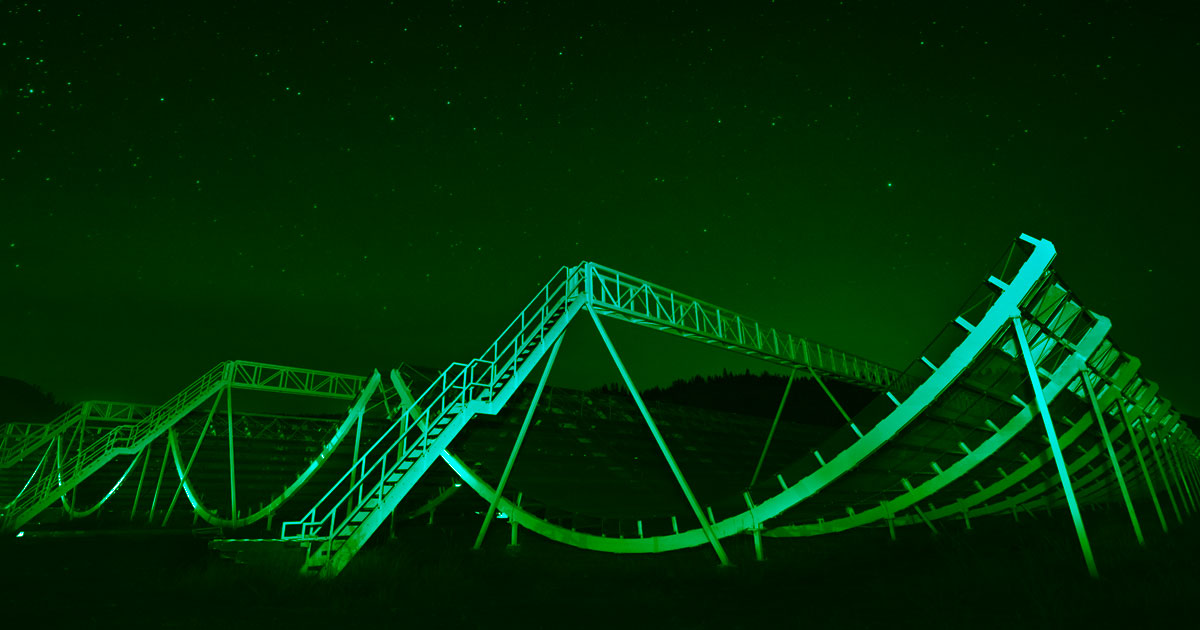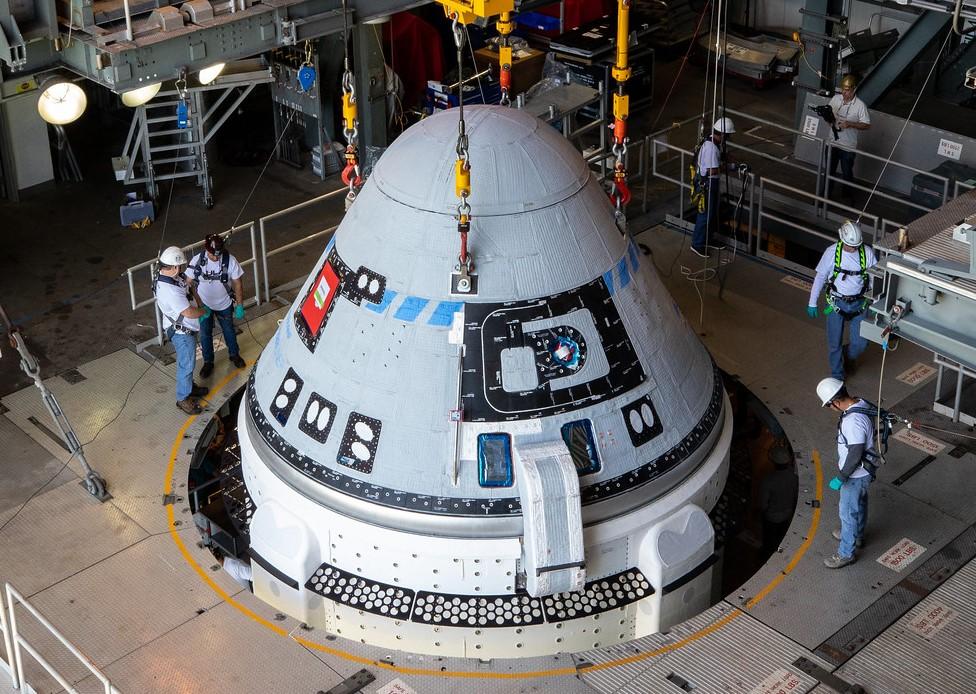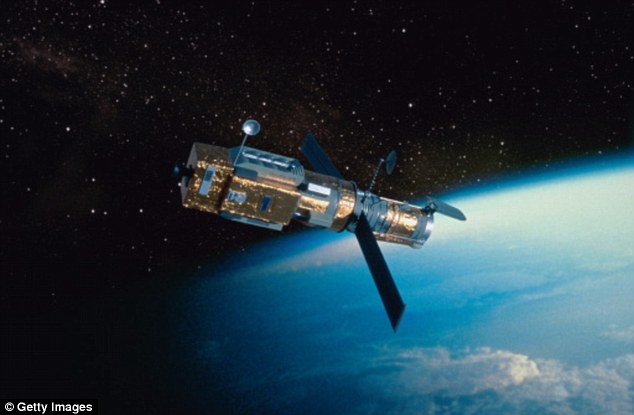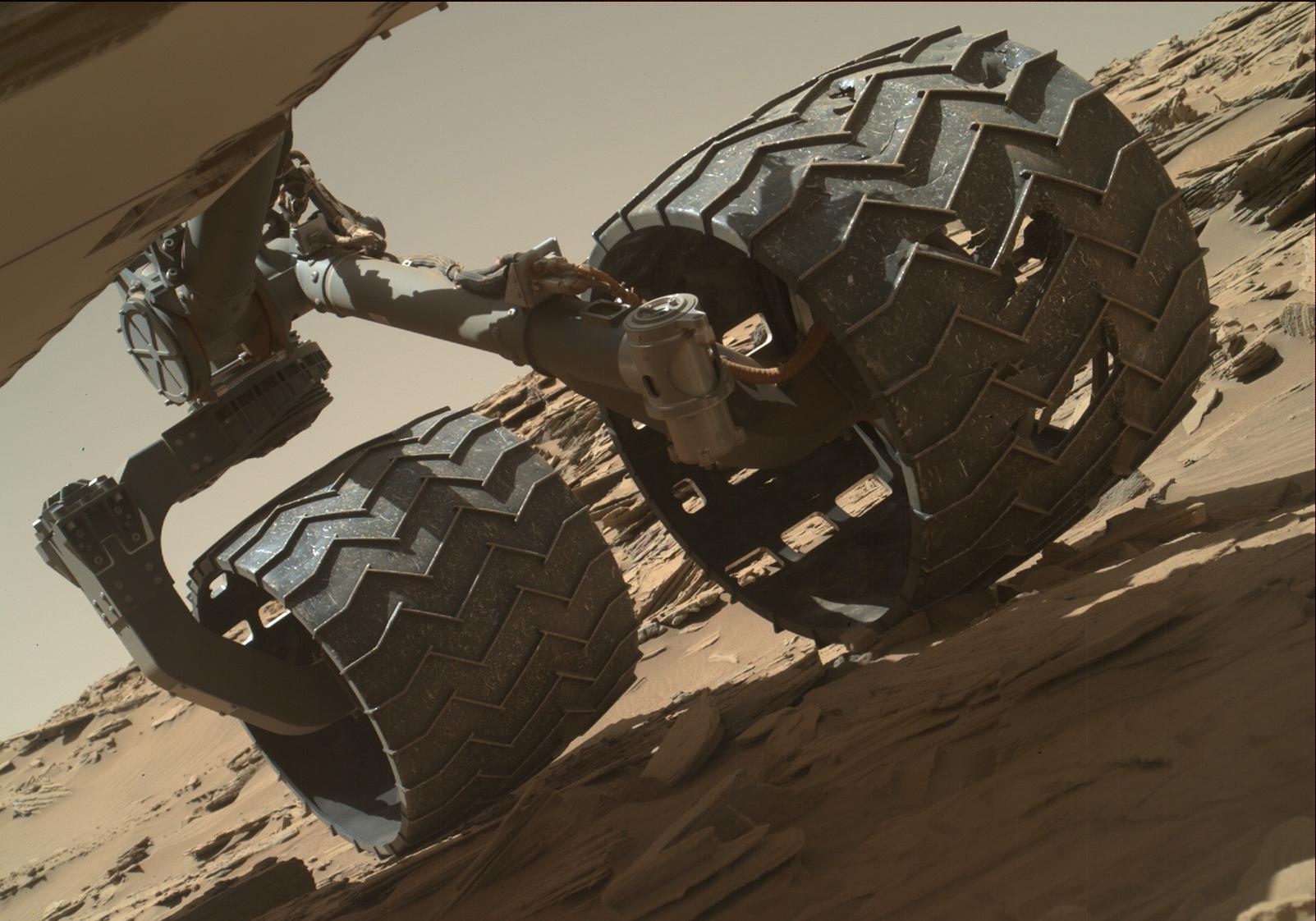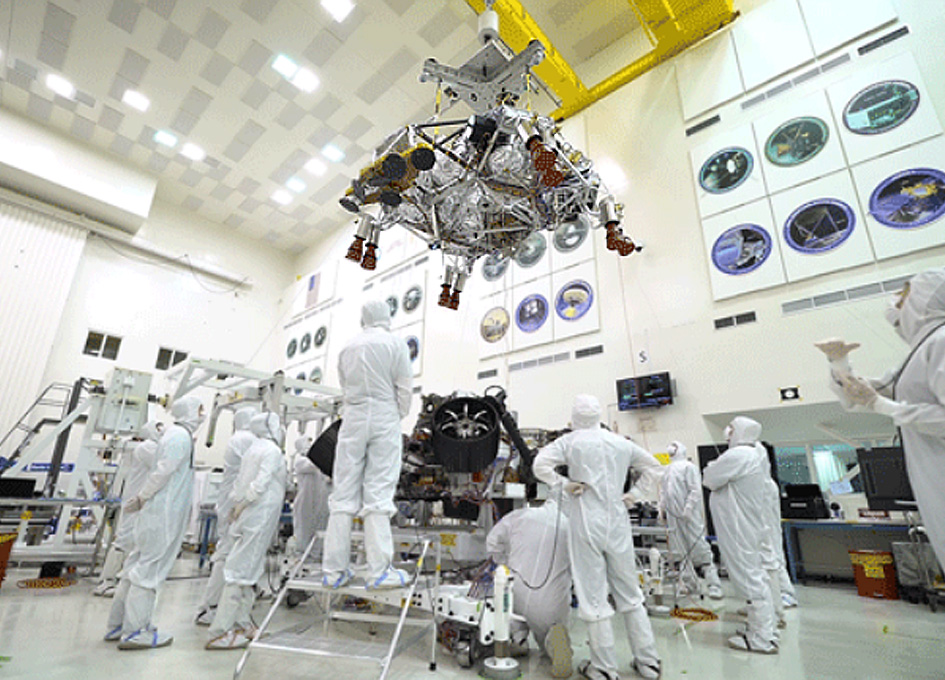In August of a year ago, the LIGO and Virgo coordinated efforts made a first-of-its-sort gravitational wave identification – what appeared to be a dark gap gobbling up a neutron star. Presently LIGO has affirmed the occasion, giving it the name GW190814. What’s more, it would appear that the neutron star was not really… a neutron star. That would mean the location is the first of an alternate kind – the littlest dark opening they have at any point identified, narrowing the strange ‘mass hole’ between neutron stars and dark…
Read MoreCategory: Science
With a change inner self NASA space telescope detects a duplex star system
An unstable twofold star framework seems to change its conduct quickly and erratically like an inestimable story of Dr. Jekyll and Mr. Hyde. This outstanding team, known as Terzan 5 CX1, lies around 19,000 light-years from Earth in a thick assortment of stars, or globular bunch, called Terzan 5. The pair comprises of a neutron star — a very thick leftover of a supernova blast — and a littler, sunlike star. Utilizing NASA’s Chandra X-beam Observatory and the National Science Foundation’s Karl F. Jansky Very Large Array (VLA), space experts…
Read MoreWith fifth Starlink dispatch SpaceX set to break Falcon reusability record
SpaceX is set to dispatch its fifth group of Starlink web satellites on Monday, Feb. 17. Liftoff is booked for 10:05 Eastern (15:05 UTC) from SLC-40 at Cape Canaveral Air Force Station. The strategic element the quickest turnaround time to-date of a Falcon first stage promoter. The main stage promoter during the current end of the week’s Starlink strategic sequential number B1056. The flight will be the center’s fourth strategic. The sponsor’s latest dispatch was JCSAT-18/Kacific1, happening on Dec. 16 at 19:10 Eastern. In this way, under 63 days will…
Read MoreIn a 16-Day Cycle Incredible Radio Signal From Deep Space Appears to Be Repeating
One of the characterizing qualities of the strange profound space signals people call quick radio blasts is that they are unusual. They burp out over the universe randomly, with no detectable example, making them inconceivably difficult to contemplate. Presently, just because, space experts have discovered a quick radio burst (FRB) that rehashes on an ordinary cycle. Each 16.35 days, the sign named FRB 180916.J0158+65 follows a comparative example. For four days, it will let out a burst or two consistently. At that point it falls quiet for 12 days. At…
Read MoreWould It be able to Mean It’s About to Go Supernova? Betelgeuse Looks Fainter Than Usual.
Have people seen that Orion the Hunter – one of the most notable and well-known of the wintertime groups of stars – is looking somewhat… changed starting late? The guilty party is its upper shoulder star Alpha Orionis, otherwise known as Betelgeuse, which is looking especially swoon, the faintest it has been for the 21st century. When will this close by supernova applicant pop, and what might it resemble on the off chance that it did? The story begins, as all great stargazing and space stories appear to, on Friday…
Read MoreFirst Starliner of Boeing’s is Delayed to Dec. 19 , Spacecraft Test Launch
Boeing has pushed back the dispatch introduction of its Starliner shuttle to Dec. 19, a two-day delay, because of a glitch with the shuttle’s Atlas V rocket. The uncrewed Starliner practice run, which will dispatch the Boeing container’s initially full circle to the International Space Station, will currently dispatch no sooner than Thursdays, Dec. 19, at 6:59 a.m. EST (1159 GMT). The 48-hour defer will enable architects to address a “purge air supply” issue on the Atlas V rocket worked for the strategic the United Launch Alliance (ULA), a joint…
Read MoreWhy SpaceX’s arrangement to place 25,000 satellites in circle is awful news for cosmologists
Elon Musk’s plot to place 25,000 satellites in Earth circle will make ground-based stargazing substantially more troublesome It is an adage that commercialization frequently comes at a disservice to science. The web, when a scholarly and scholarly space free of ads, has been changed into an advanced announcement; similarly, the commercialization of radio wireless transmissions has made Earth-based radio stargazing troublesome because of obstruction from Wi-Fi, AM/FM and TV signals. Presently, as business people are equipping to market space, cosmologists have restored motivation to be furious about a declaration by…
Read MoreAfter Rare Chemistry Test Mars Rover Curiosity Capture Wonderful Selfie
Interest did some “wet science” for simply the second time ever. NASA’s Curiosity Mars wanderer played out some uncommon science work as of late, at that point took somewhat of a break to take in the grim magnificence of its environment. On Sept. 24, Curiosity led a “wet science” analyze for simply the second time regularly during its seven years on the Red Planet, dropping a bored example into an exceptional dissolvable that could enable the meanderer to distinguish carbon-containing natural particles. The mission group made this stride since Curiosity…
Read MoreSee NASA’s Curiosity wanderer delve like a canine in the Mars sand
The wanderer isn’t covering treasure, however regardless it resembles it’s having a ton of fun. It doesn’t make a difference in case you’re a machine on a far off planet. Once in a while you simply feel constrained to play in the sand. NASA’s Curiosity meanderer made this wonderful wheel track on Oct. 14. The wanderer can’t make sand strongholds, however it can utilize its wheels in the quest for planetary investigation. “Yestersol’s drive deliberately kept running over a megaripple (fine grained sandy wave with a coarser rock covering) to…
Read MoreMars 2020 Rover’s Sky Crane Landing Tech : NASA’s trial
Specialists utilized a crane to lift the rocket-controlled plummet organize away from the meanderer. NASA’s Mars 2020 meanderer strategic scratched off another achievement with a fruitful division trial of the plummet arrange that will convey the six-wheeled robot to the outside of the Red Planet. The test, which occurred at NASA’s Jet Propulsion Laboratory (JPL) in Pasadena, California, on Sept. 28, included utilizing a crane to lift the enormous, rocket-fueled drop organize away from the wanderer. “Terminating the pyrotechnic gadgets that held the meanderer and drop arrange together and after…
Read More
